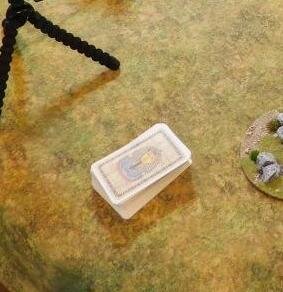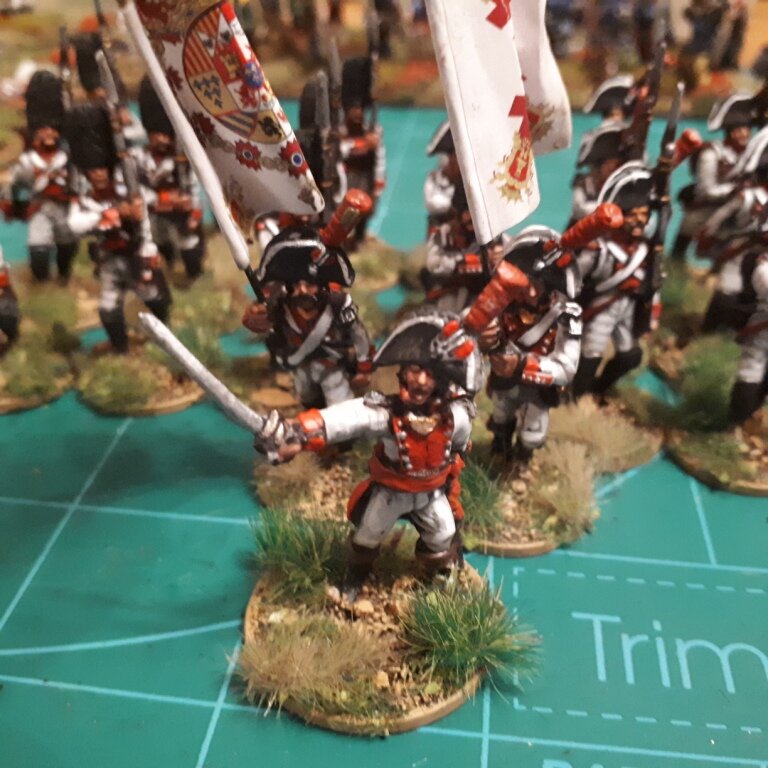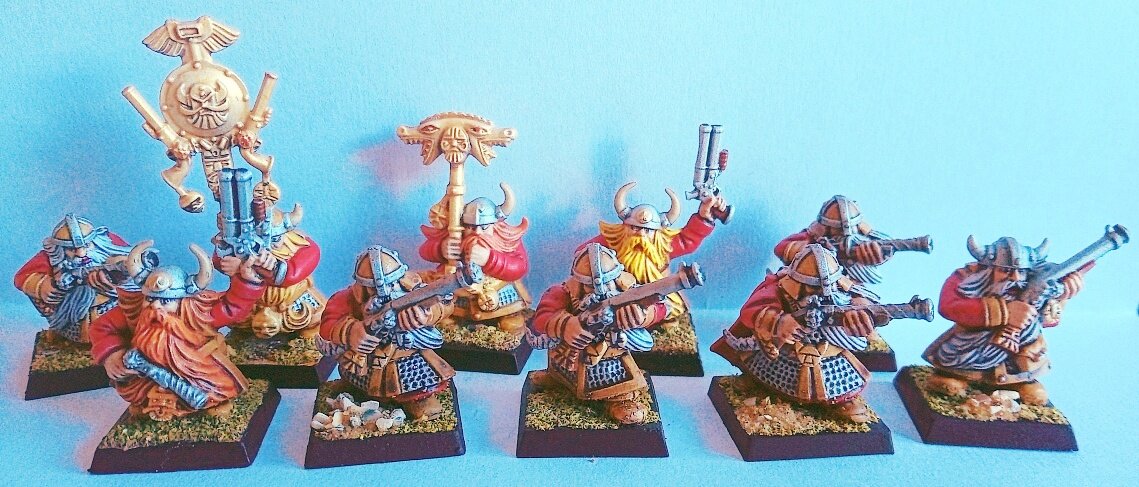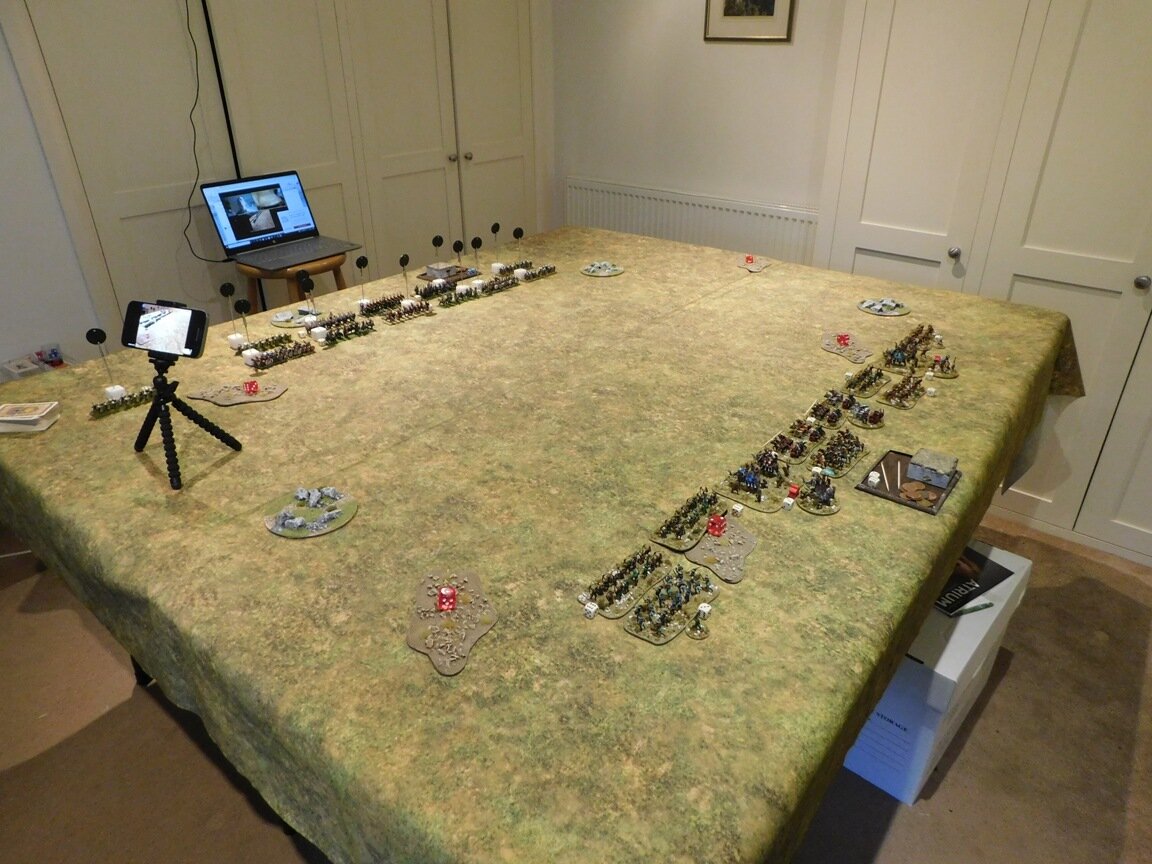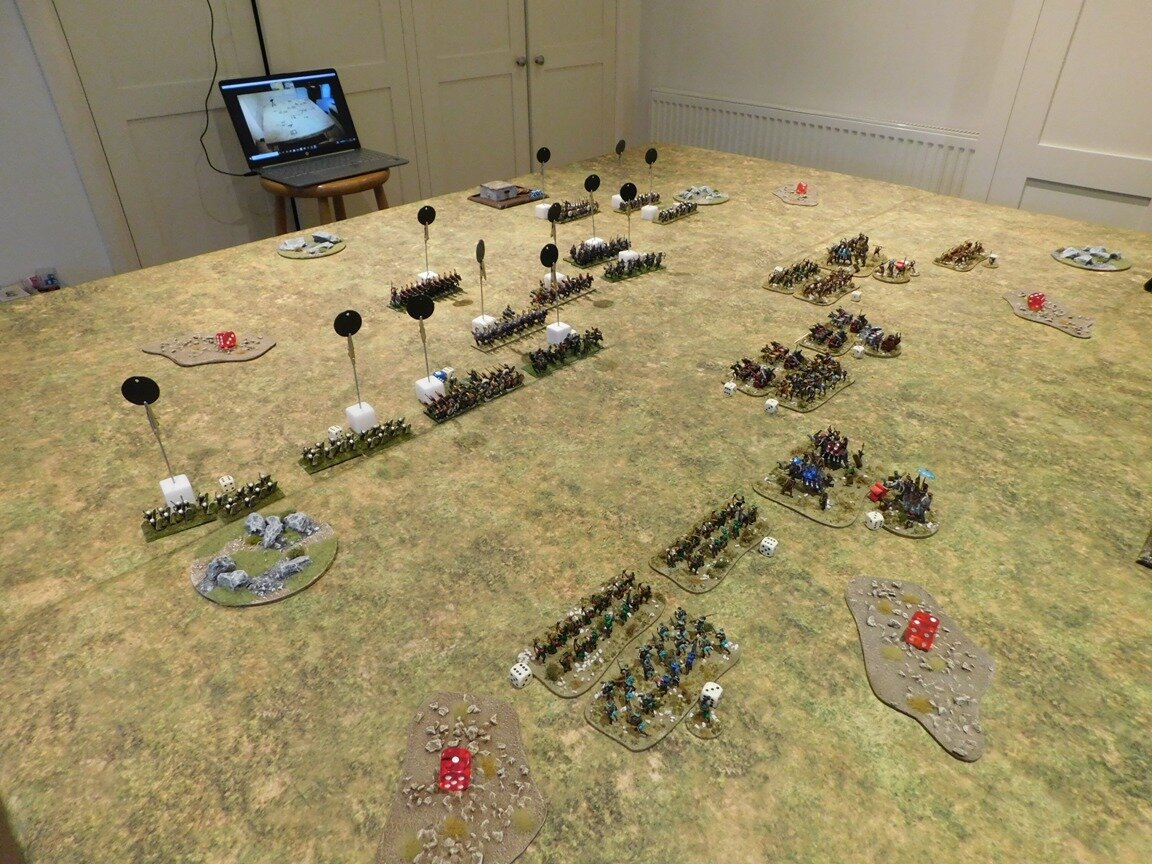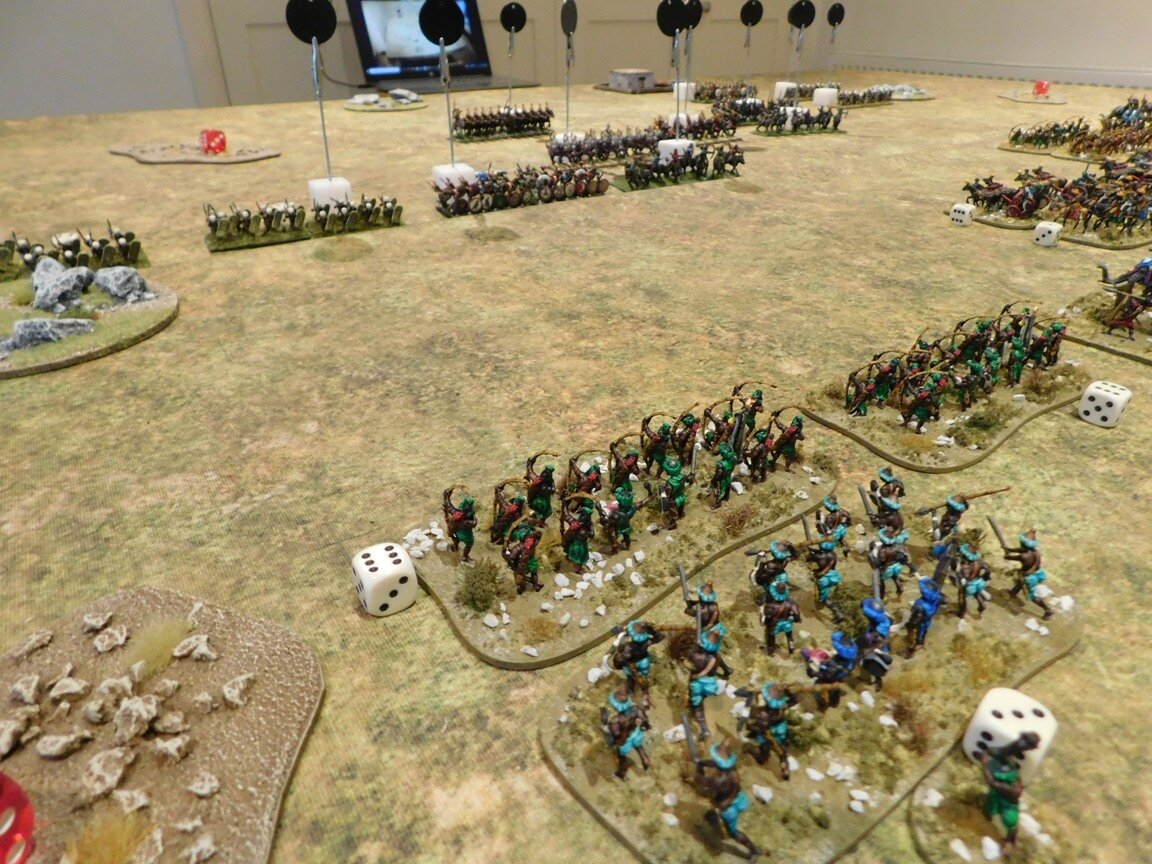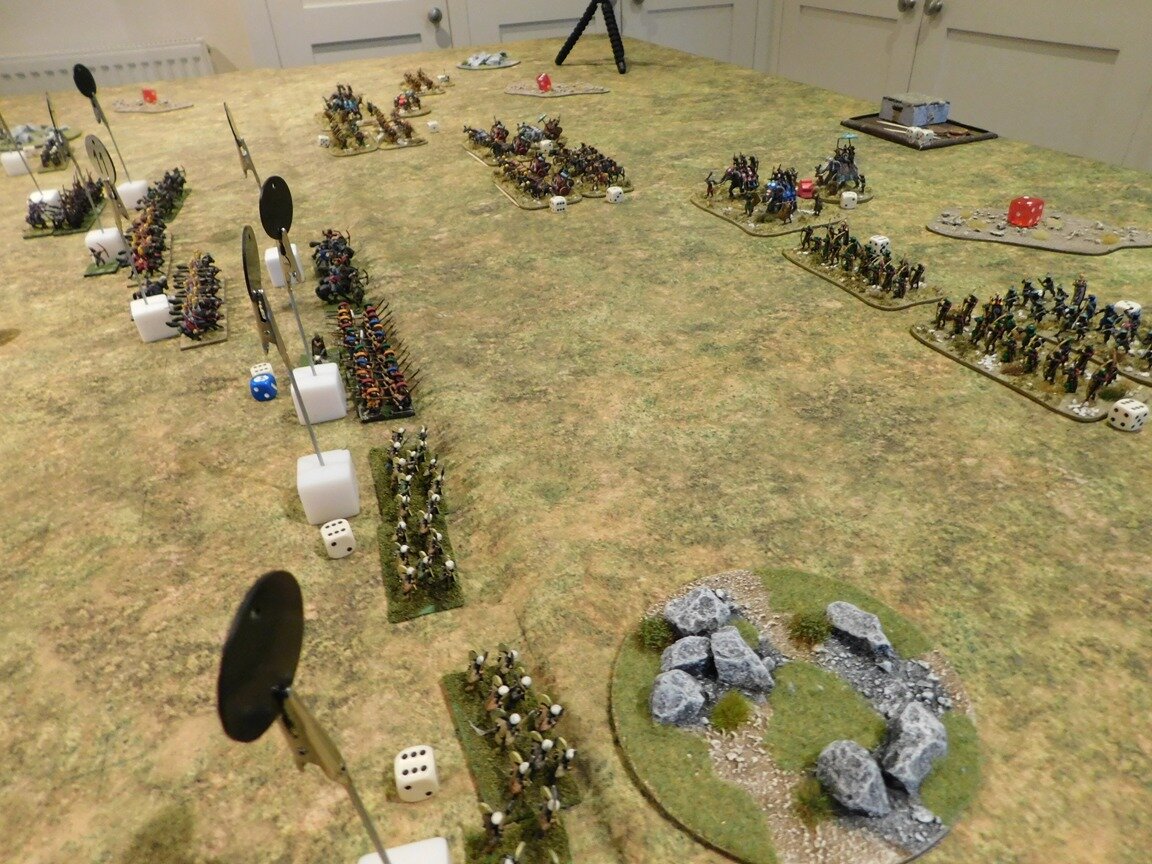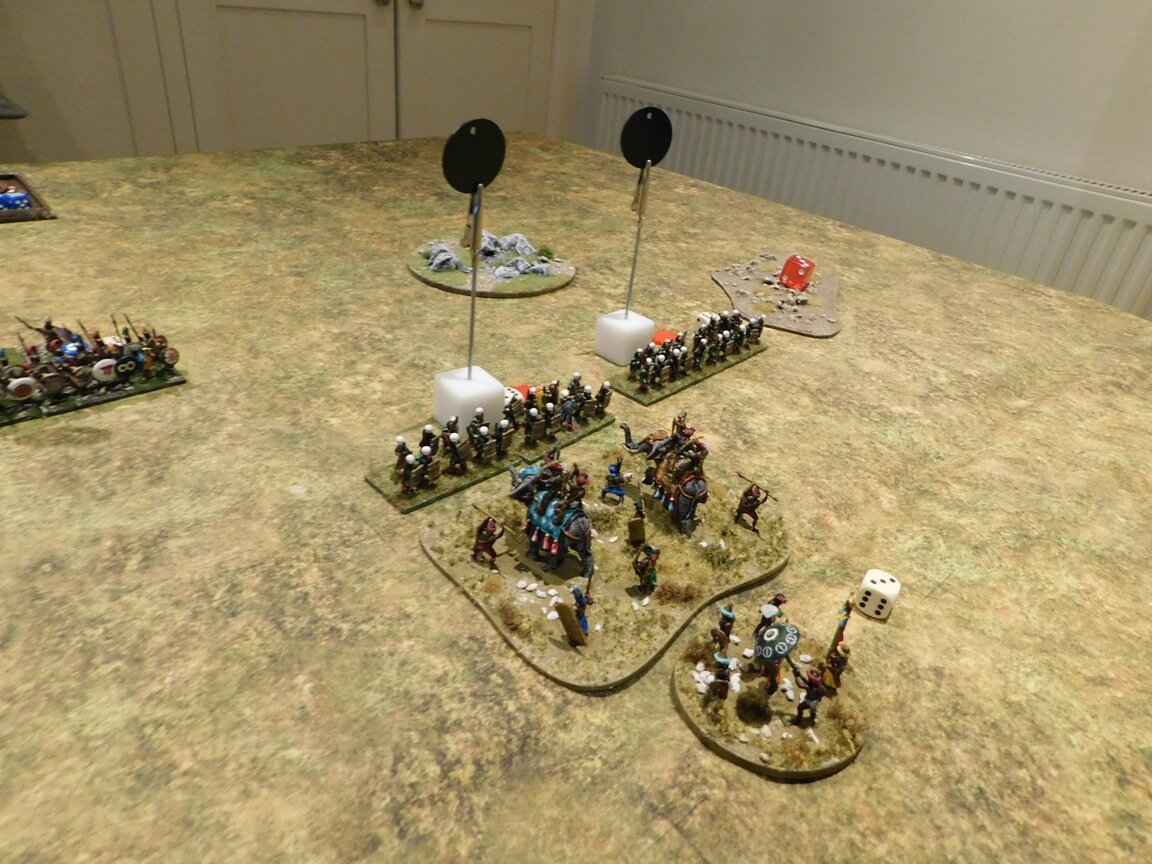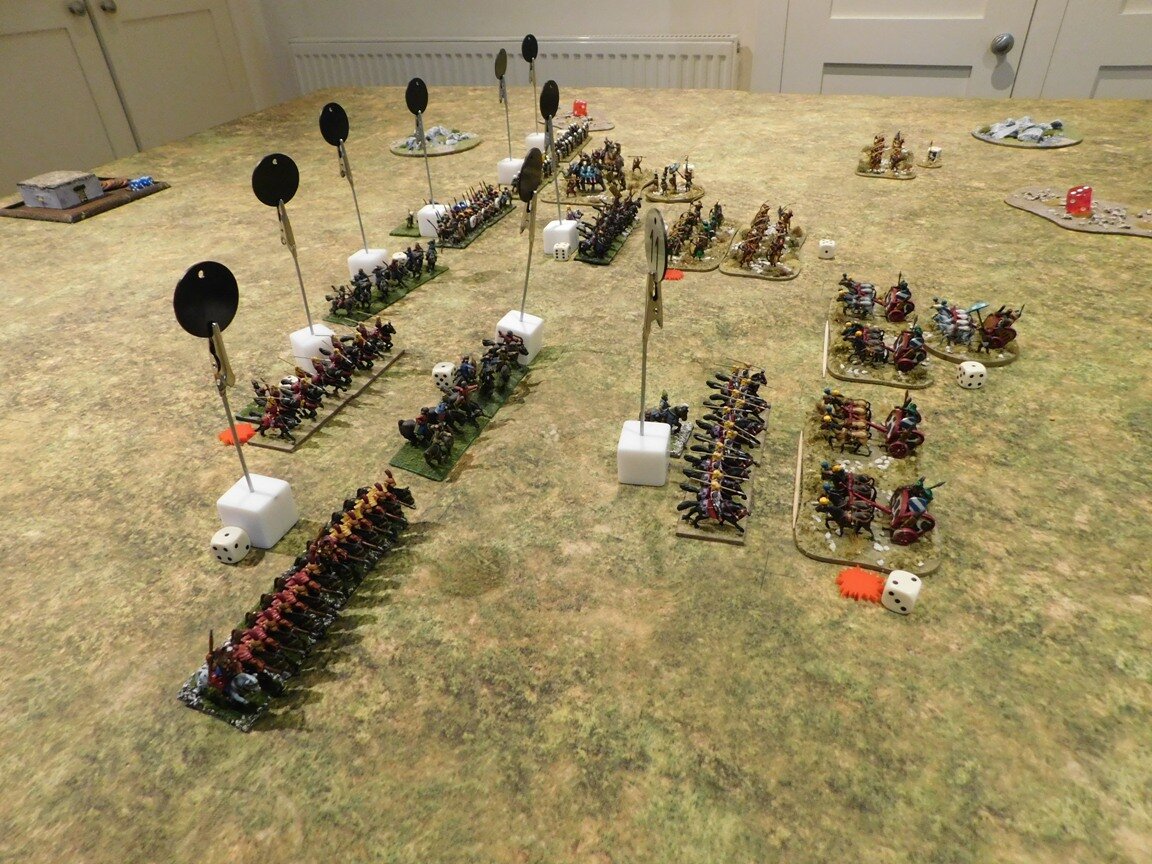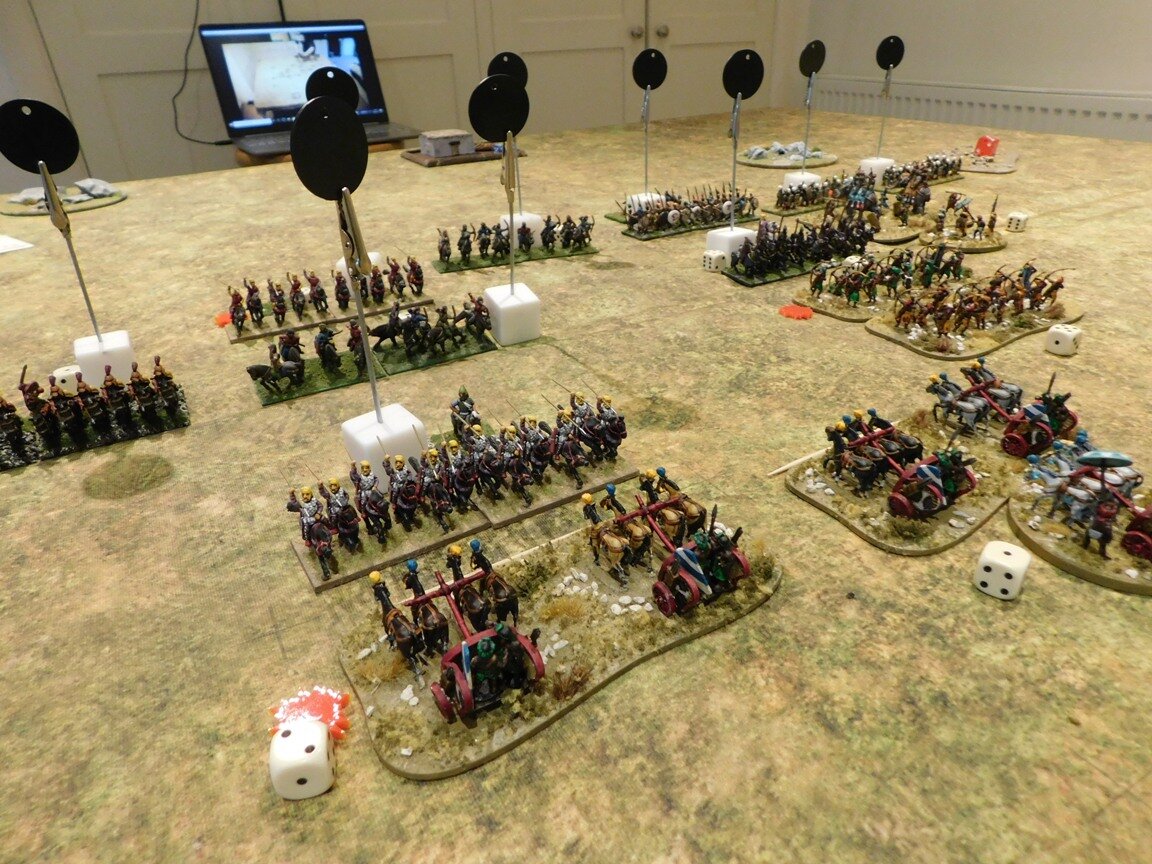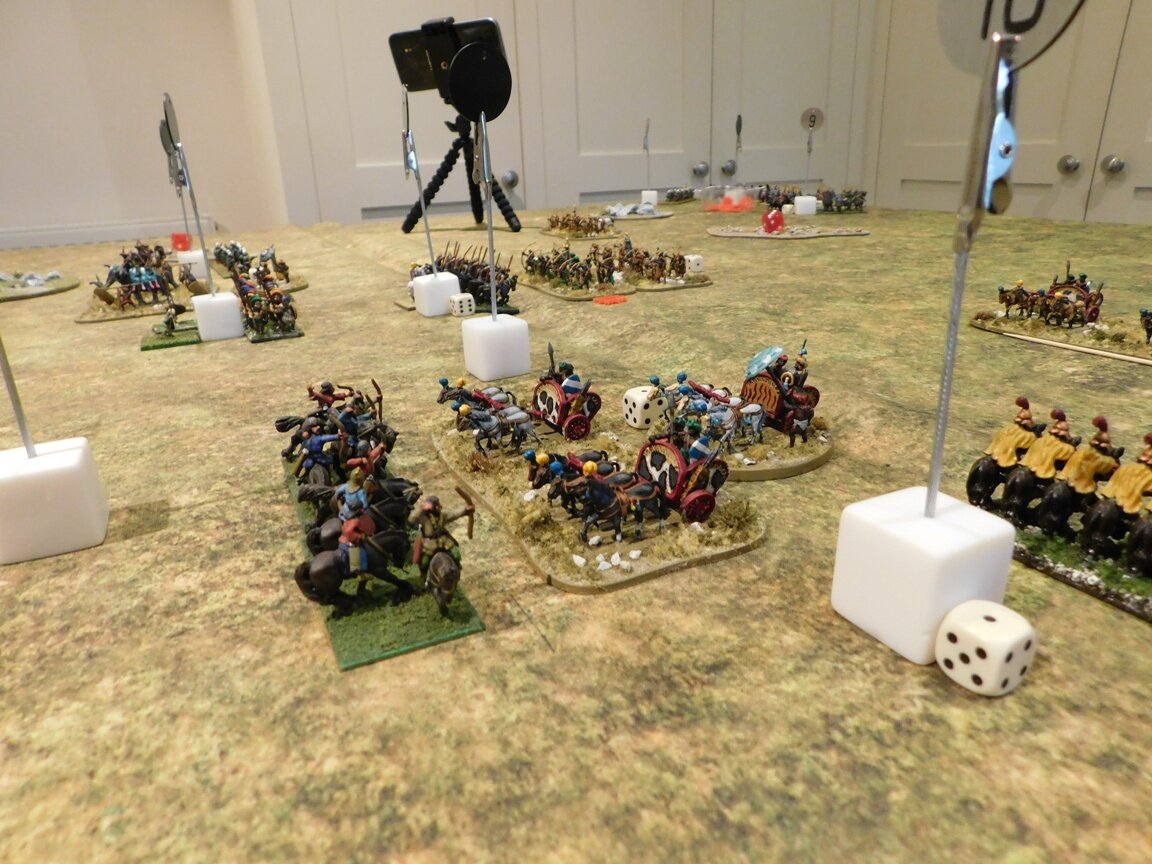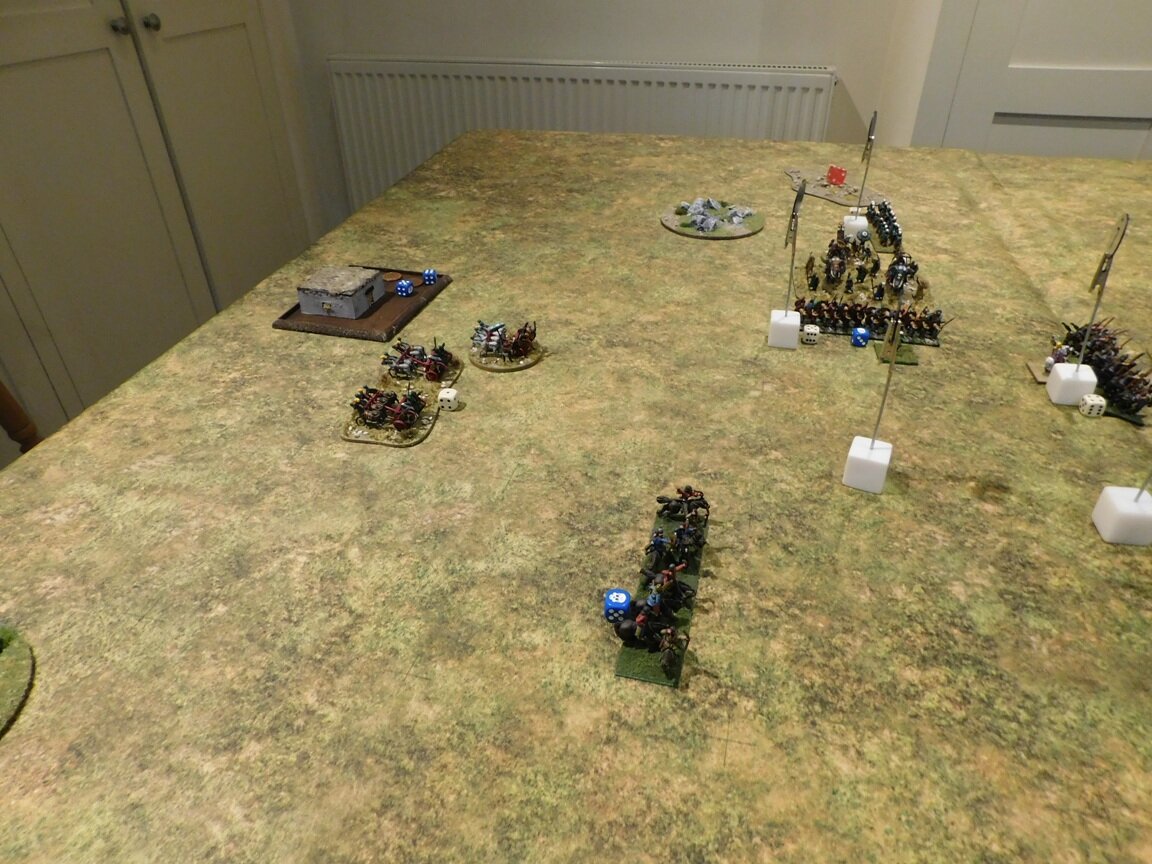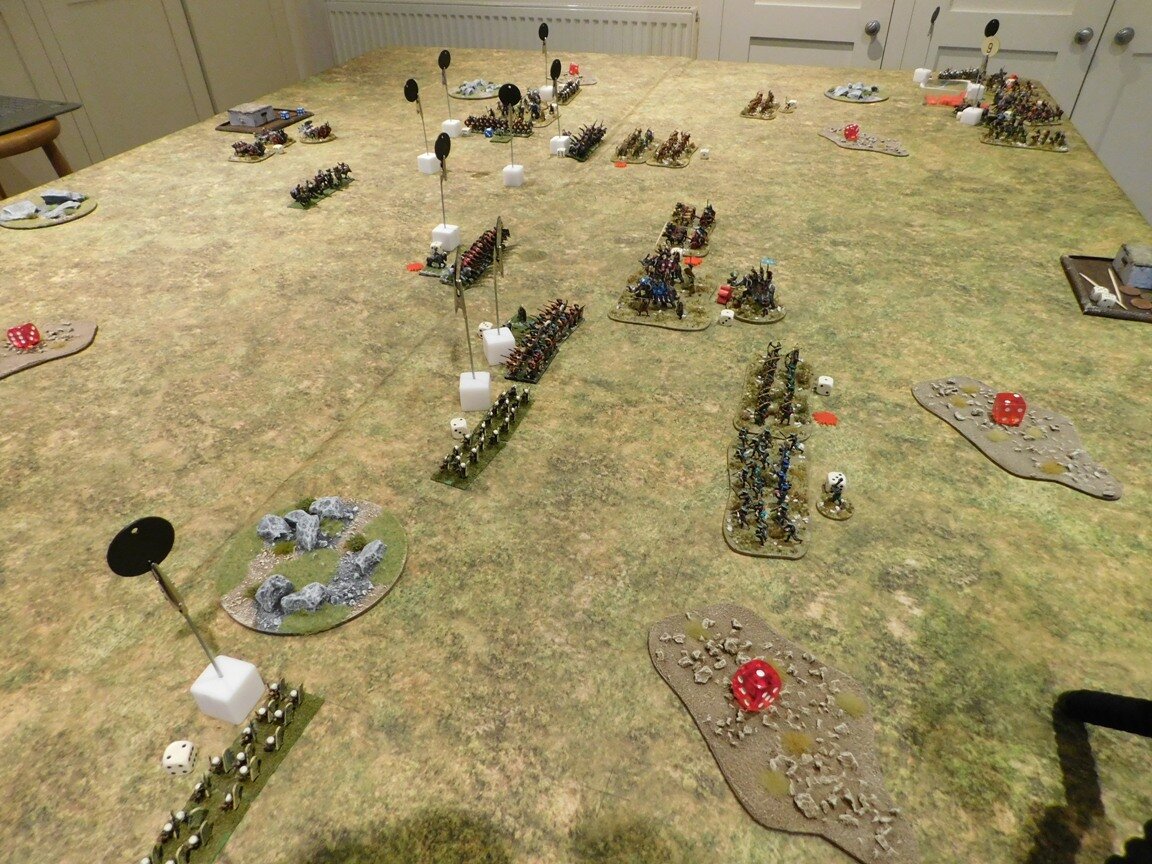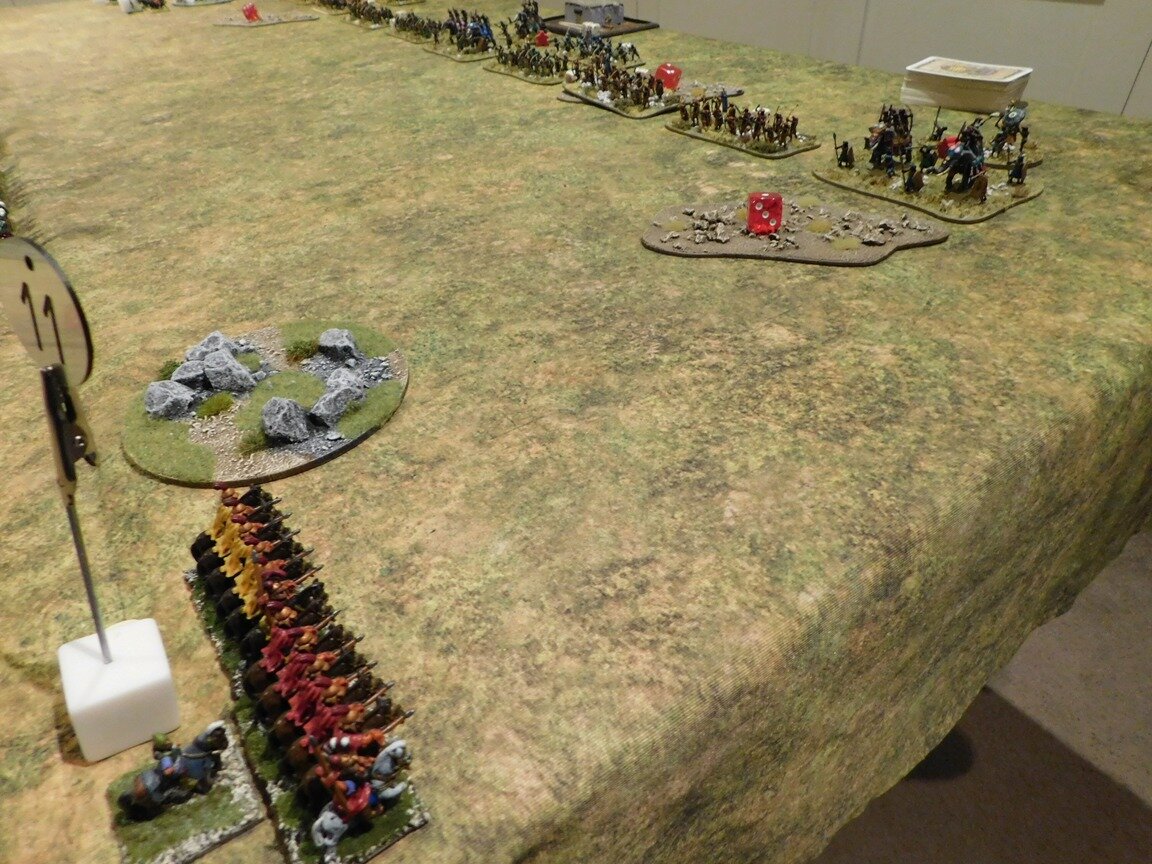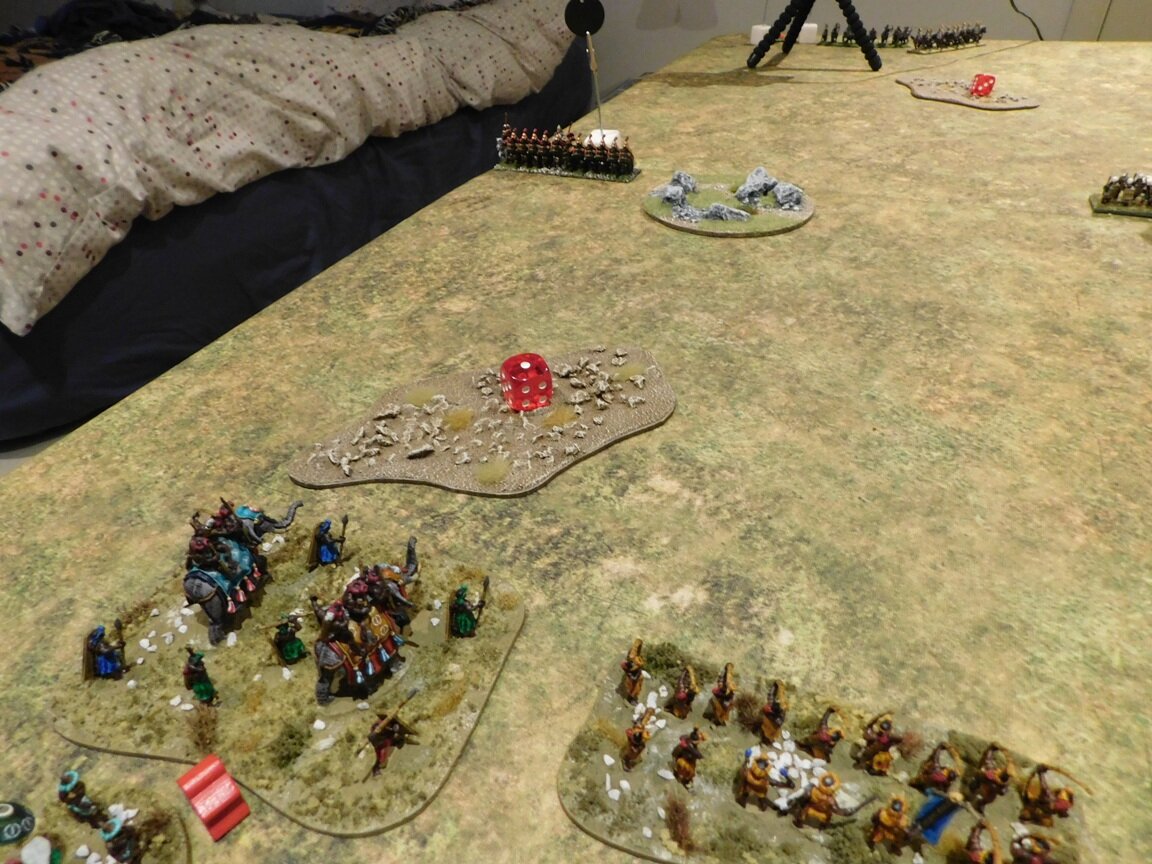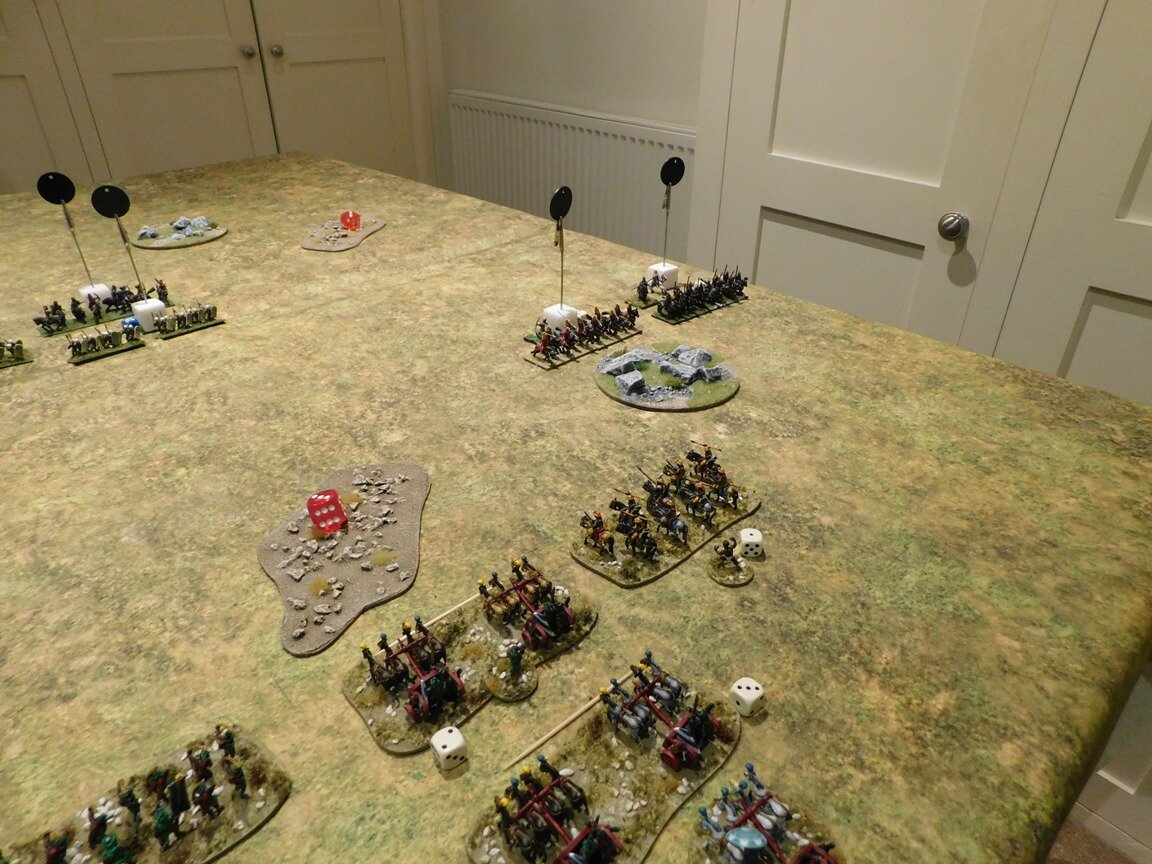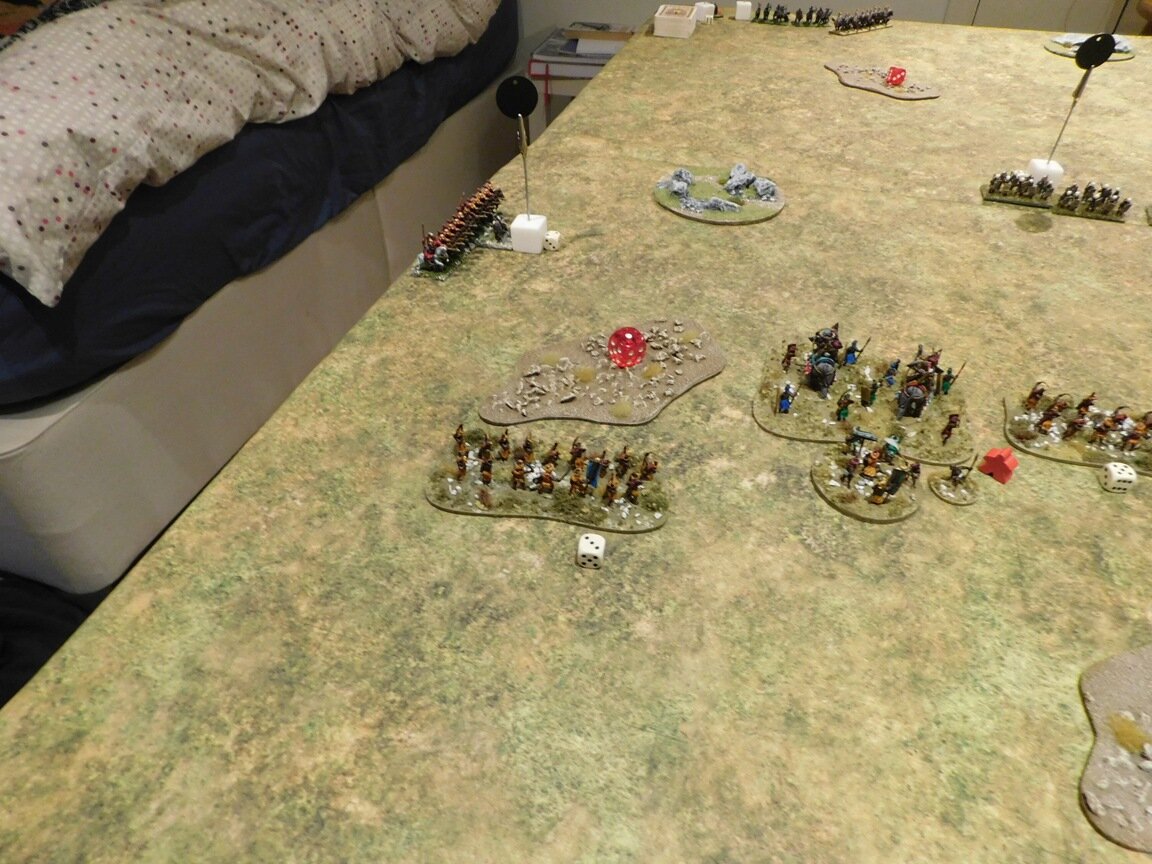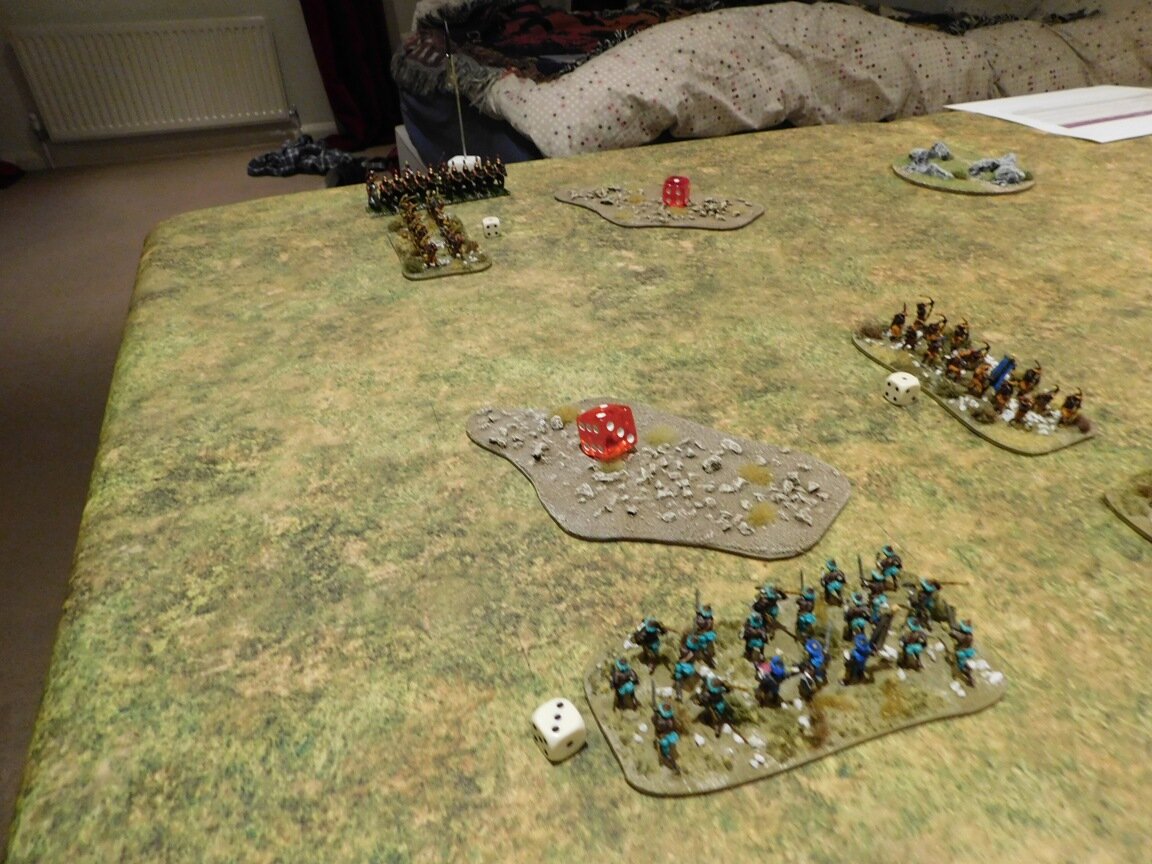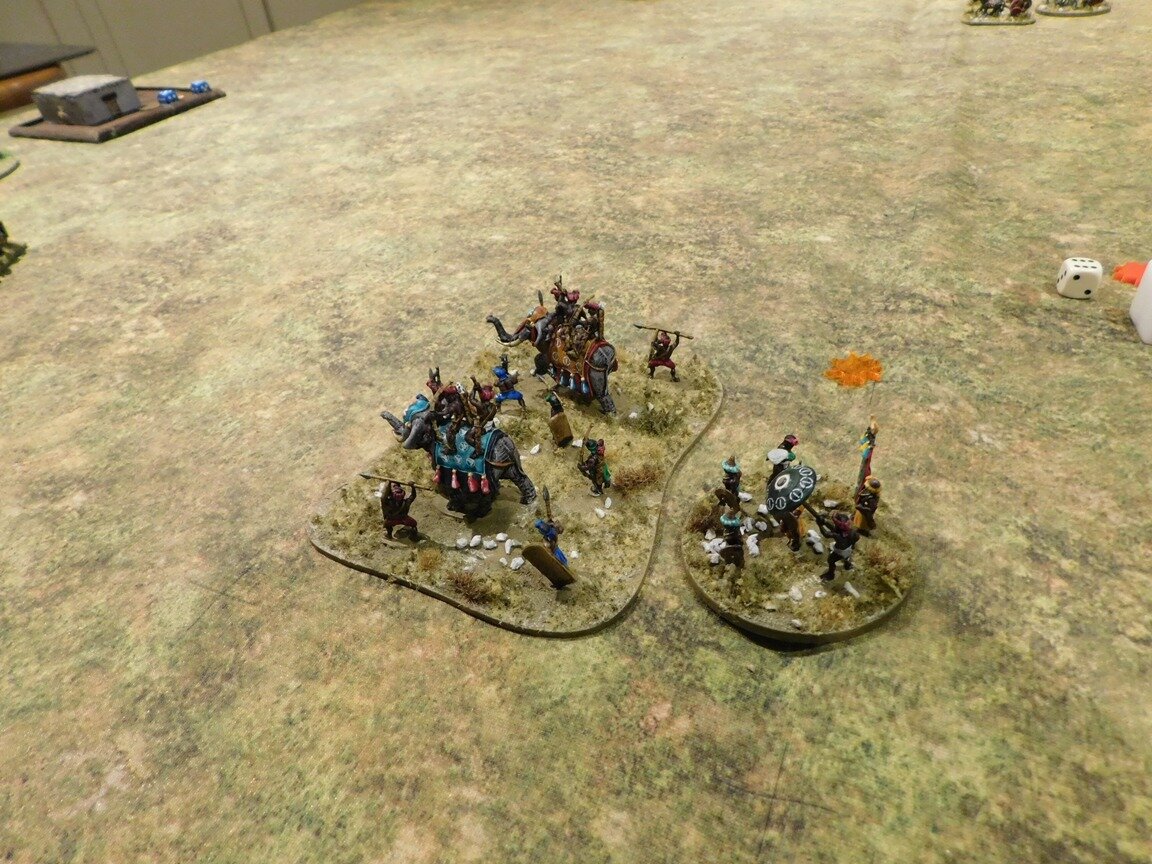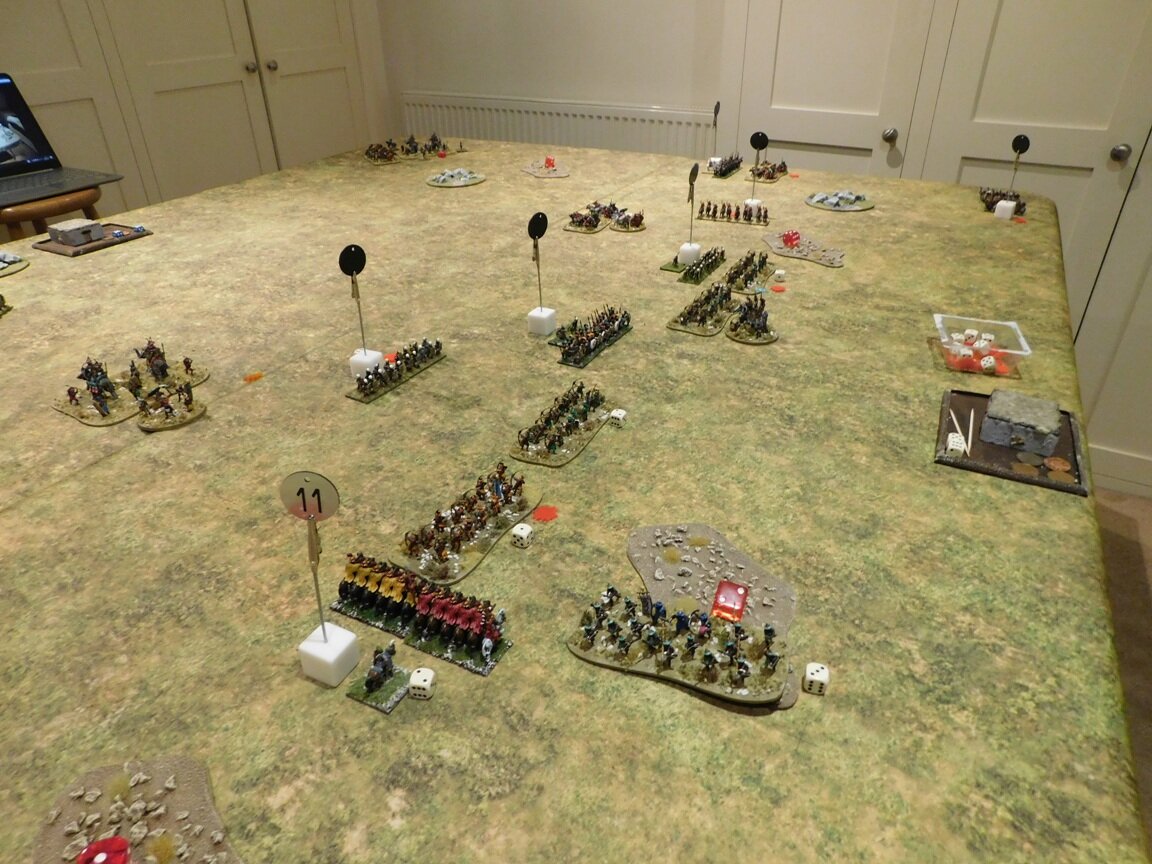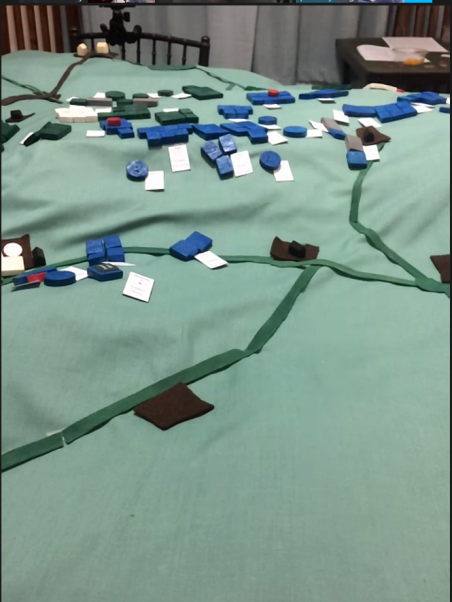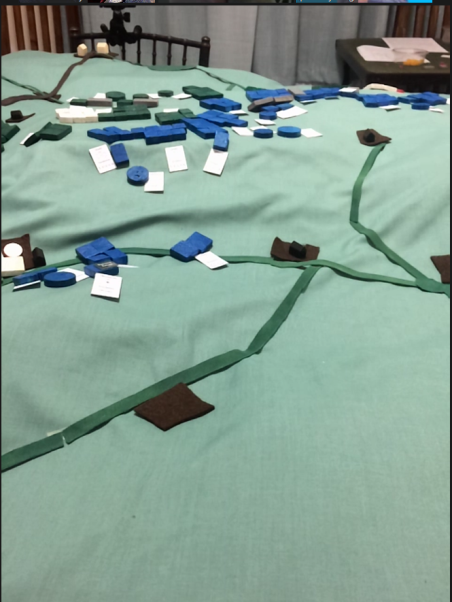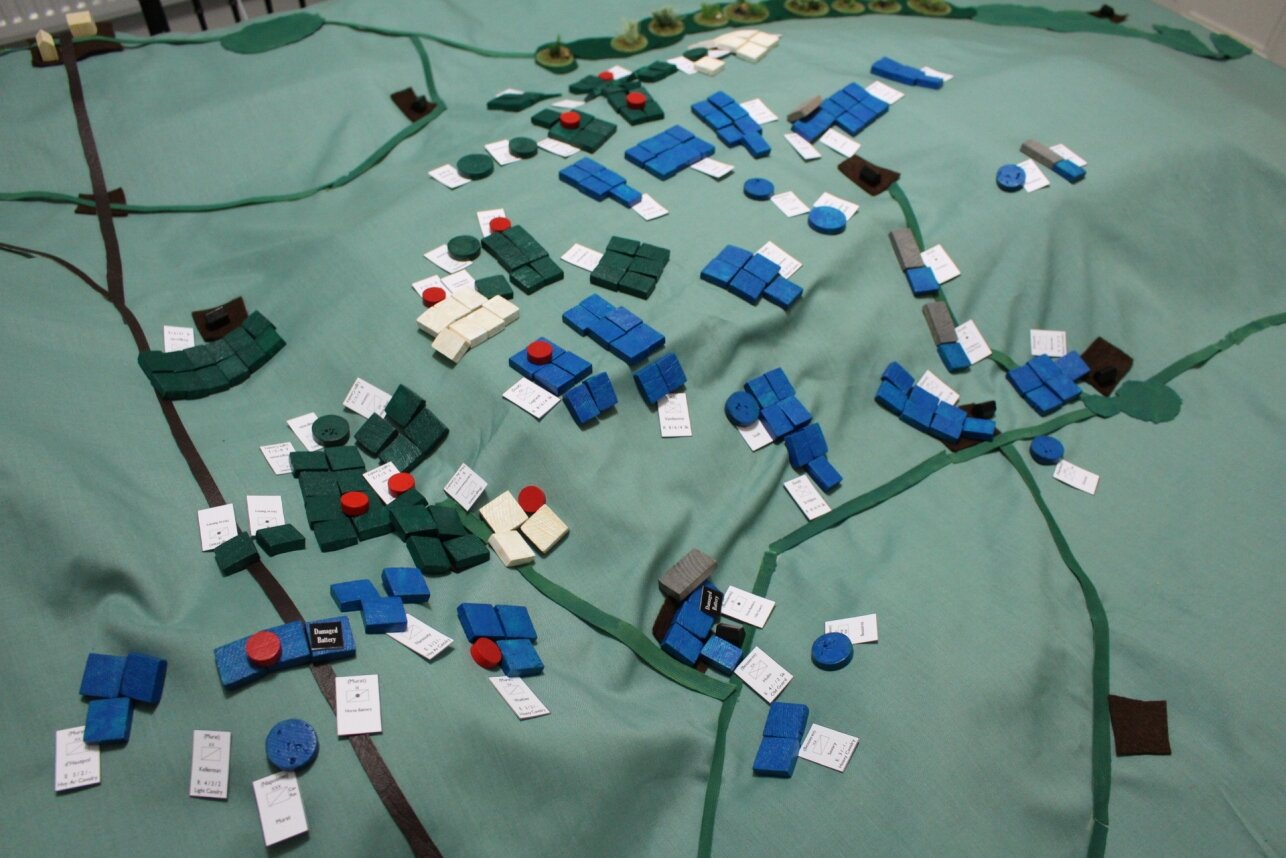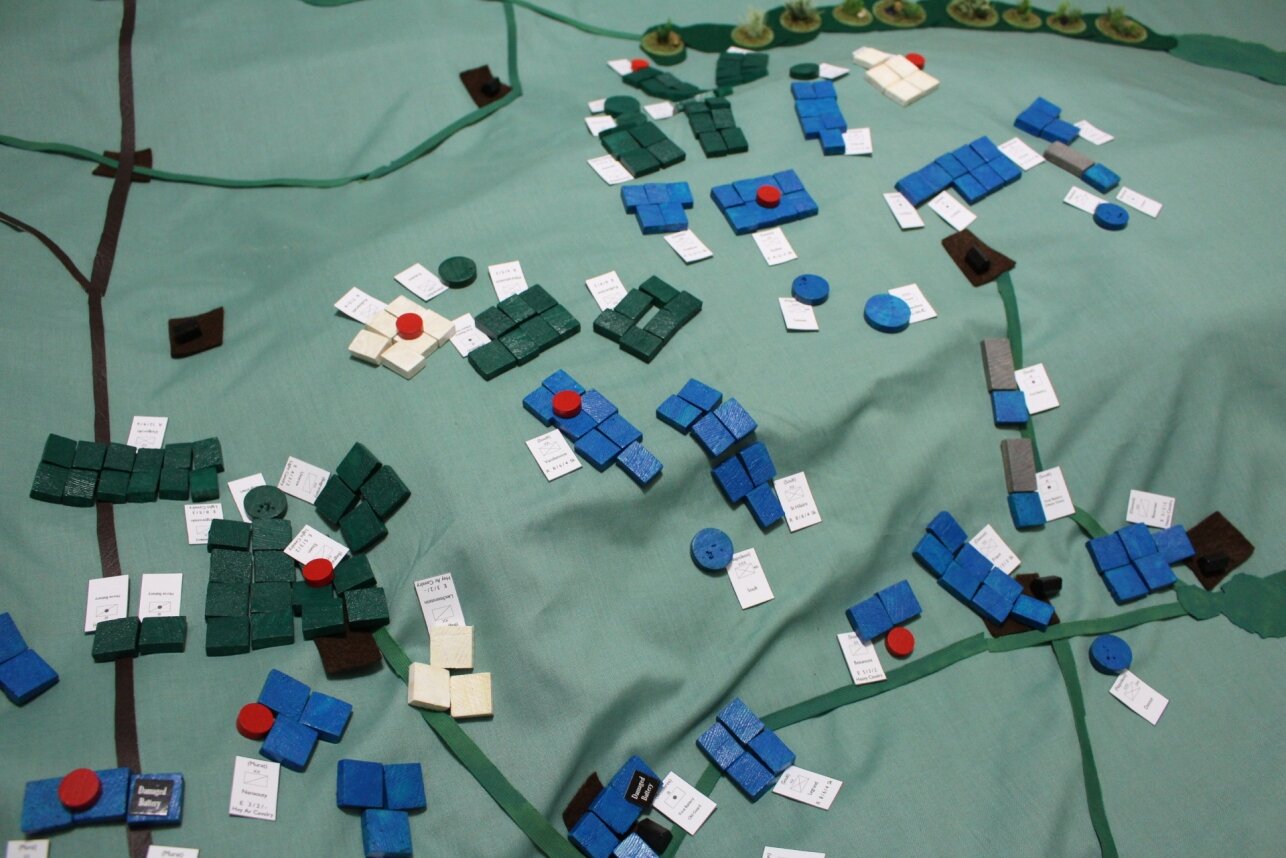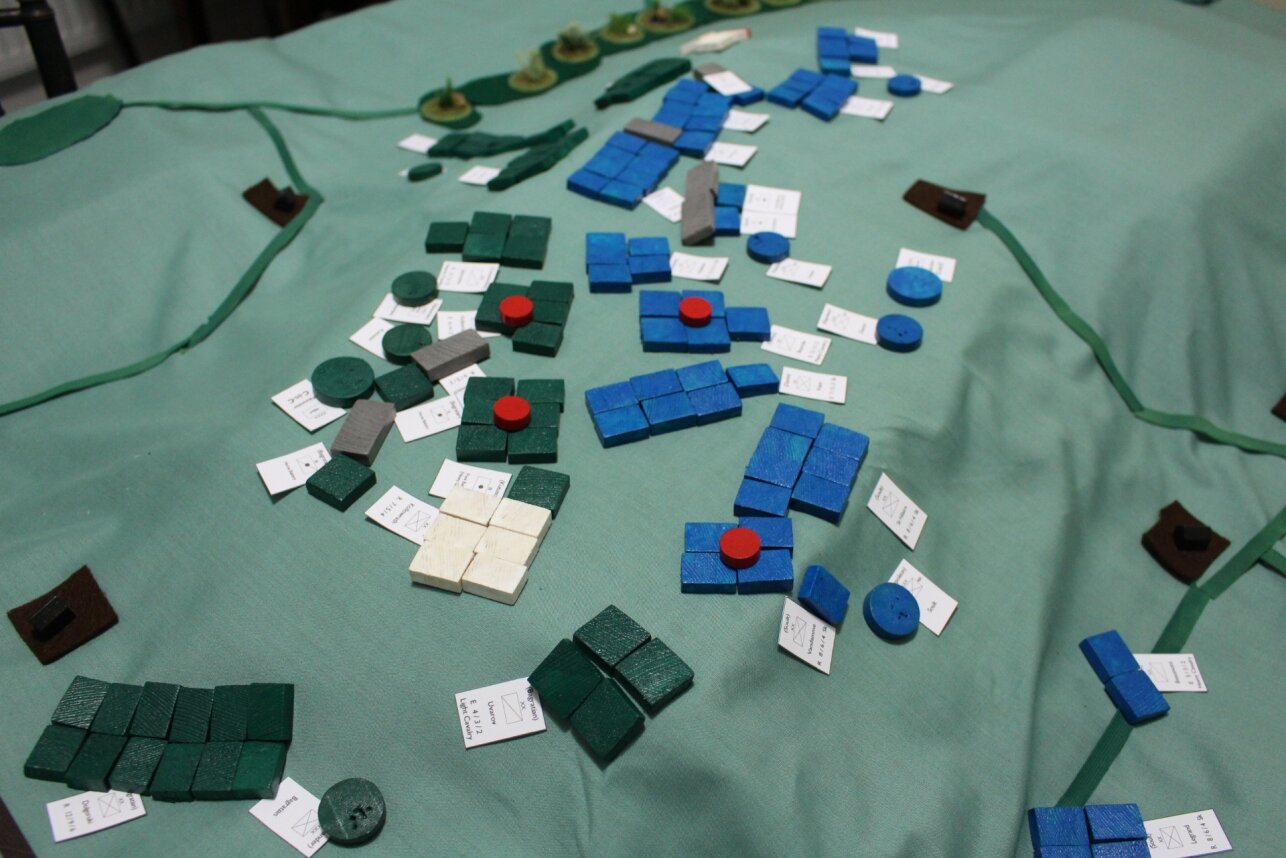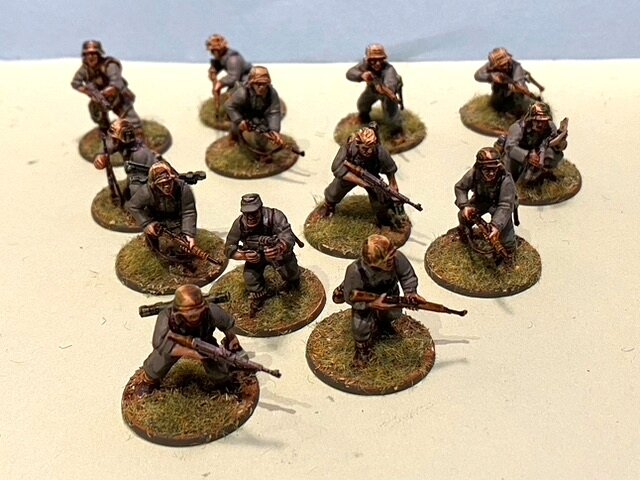TFL Painting Challenge: Second March Update
/ Robert AveryTwo week’s worth of entries today: and some very nice work indeed.
As always, please do visit the individual galleries (see the Nav Bar, above) but here’s a selection of what was submitted:
View fullsize
![Fantastic Gallic Army from Derek]()

Fantastic Gallic Army from Derek
View fullsize
![WOTR Retinue Billmen from Sapper]()

WOTR Retinue Billmen from Sapper
View fullsize
![Merchantmen from John]()

Merchantmen from John
View fullsize
![Post-Apocalypse Dog Walking from Carole]()

Post-Apocalypse Dog Walking from Carole
View fullsize
![Saracens from Mervyn]()

Saracens from Mervyn
View fullsize
![More Dwarfs from Ralph]()

More Dwarfs from Ralph
View fullsize
![British Paras from Chris]()
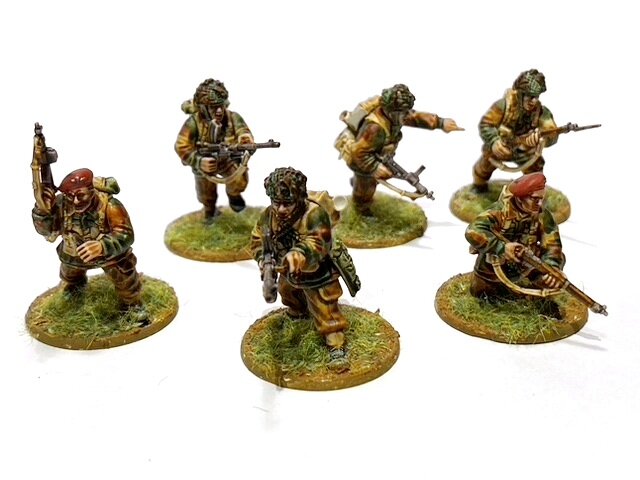
British Paras from Chris
View fullsize
![Napoleonic Spanish Cavalry from Andrew]()

Napoleonic Spanish Cavalry from Andrew
View fullsize
![Vikings from Nick]()
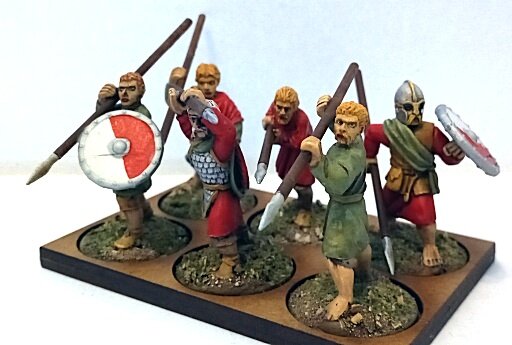
Vikings from Nick
View fullsize
![Rebel Skirmishers from Travis]()

Rebel Skirmishers from Travis
View fullsize
![WOTR Pike from Jason]()

WOTR Pike from Jason
View fullsize
![British Infantry from Steve]()

British Infantry from Steve










